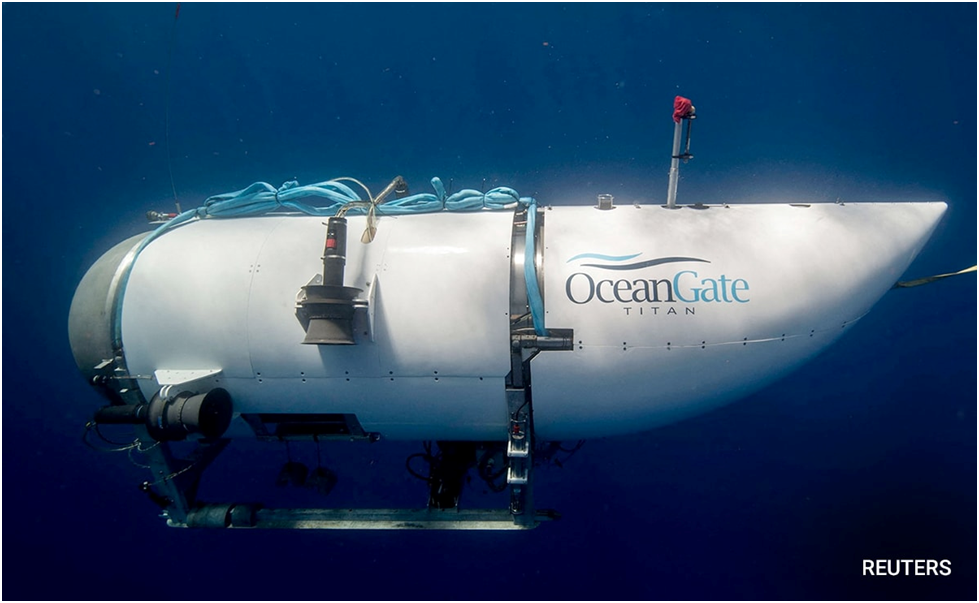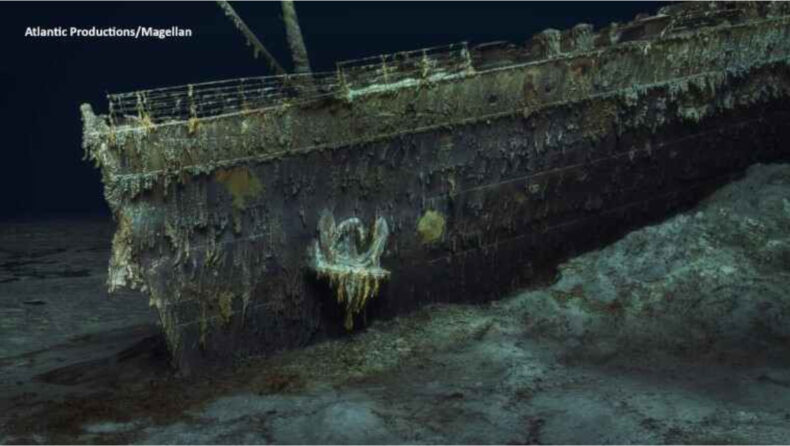London: Rescuers from across the globe are still searching for a missing submersible near the wreck of the Titanic with just 3 hours left before the oxygen supply for the five people on board runs out. After underwater noises were detected for the second day in a row, the rescue operations for the missing Submarine that was taking five passengers to the underwater Titanic wrack have been expanded to double the search area. Deep sea explorer Dr David Gallo, speaking to a British news channel today morning, said that repetitive underwater noises were heard by three different aircraft with sensors for two-plus days.

About submarine
The exact whereabouts of the Titanic submersible and the condition of the five crew onboard are unknown. It is thought that, if the vessel is still intact, it may have just a few hours of oxygen remaining, creating a race against time to find the sub before it is too late. However, that timeline is not necessarily rigid. Dr Ken LeDez, a hyperbaric medicine expert at Memorial University in St John’s, Newfoundland, has told News that, depending on conditions, some of those aboard could survive longer than expected.
“It depends on how cold they get and how effective they are at conserving oxygen,” he said, adding that shivering will use up a lot of oxygen, while wrapping up in a huddle can help to conserve heat. He said running out of oxygen is a gradual process. “It’s not like switching off a light, it’s like climbing a mountain – as the temperature gets colder and metabolism falls [it depends] how fast you ascend that mountain,” he said.
OceanGate CEO
“It seems kind of cheesy, but if you knew the amount of technology that was packed in that controller and its capabilities, and the amount of money that it costs to develop something like that, it’s just off the charts,” he said. “So if you can take these components off the shelf and incorporate them into a project like this, where you don’t have the research and development timelines and expense, that I believe is a wise choice.”
OceanGate’s goal was to research the ocean and not adventure tourism — which was simply a way to fund the research, Virnig said. He added that OceanGate had “gone cutting edge where they needed to,” but they “also incorporated a good bit of conventional wisdom.”
When asked if he thinks if there is a possibility Titan is never found, Virnig said it will eventually be found.“It has a titanium dome door and that’s not going anywhere,” he said. “That thing is indestructible … It’s a huge hunk of metal, so there are ways to detect that and they’ll find it.”
Positive outlook
At the same time, the crew are at risk from hypothermia, where the body gets too cold.
According to Capt Ramsey, if the sub is on the seabed, the water temperature will be about 0C. If it has also lost electricity, it will not be generating any power and therefore cannot generate heat.
But hypothermia “could be their friend”, said Dr LeDez.”There is a possibility if they cool down enough and lose consciousness they could live through it – rescuers know this,” he said, adding that the body will automatically try to adapt to survive.
However on the flip side, hypothermia, the lack of oxygen and the build-up of carbon dioxide within the sub mean the crew’s ability to make contact with the search and rescue mission, such as by banging on the hull at regular intervals to try and attract attention, will dwindle.
“If they’re unconscious, they’re not going to be able to do much to help themselves,” says Dr. LeDez.













